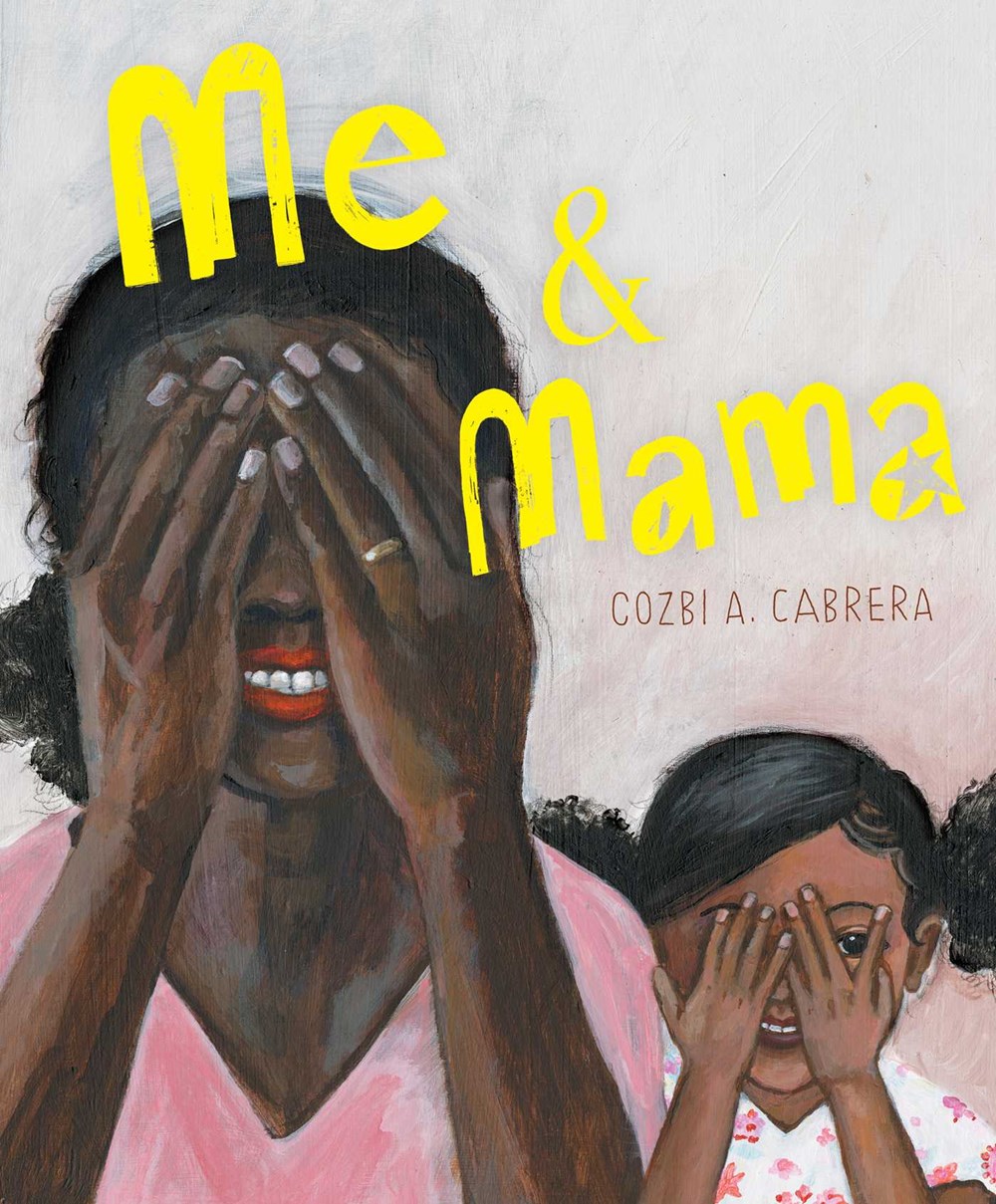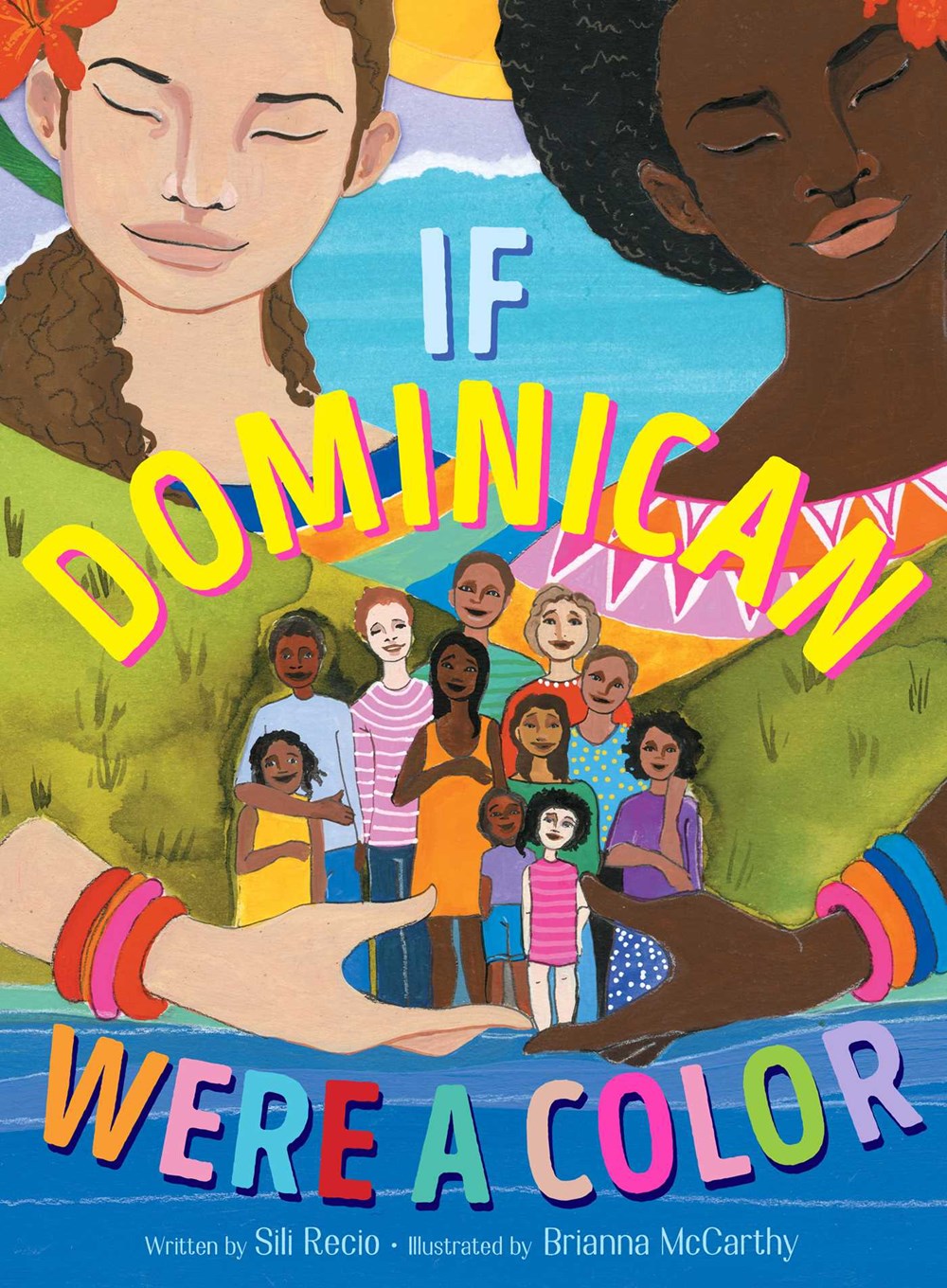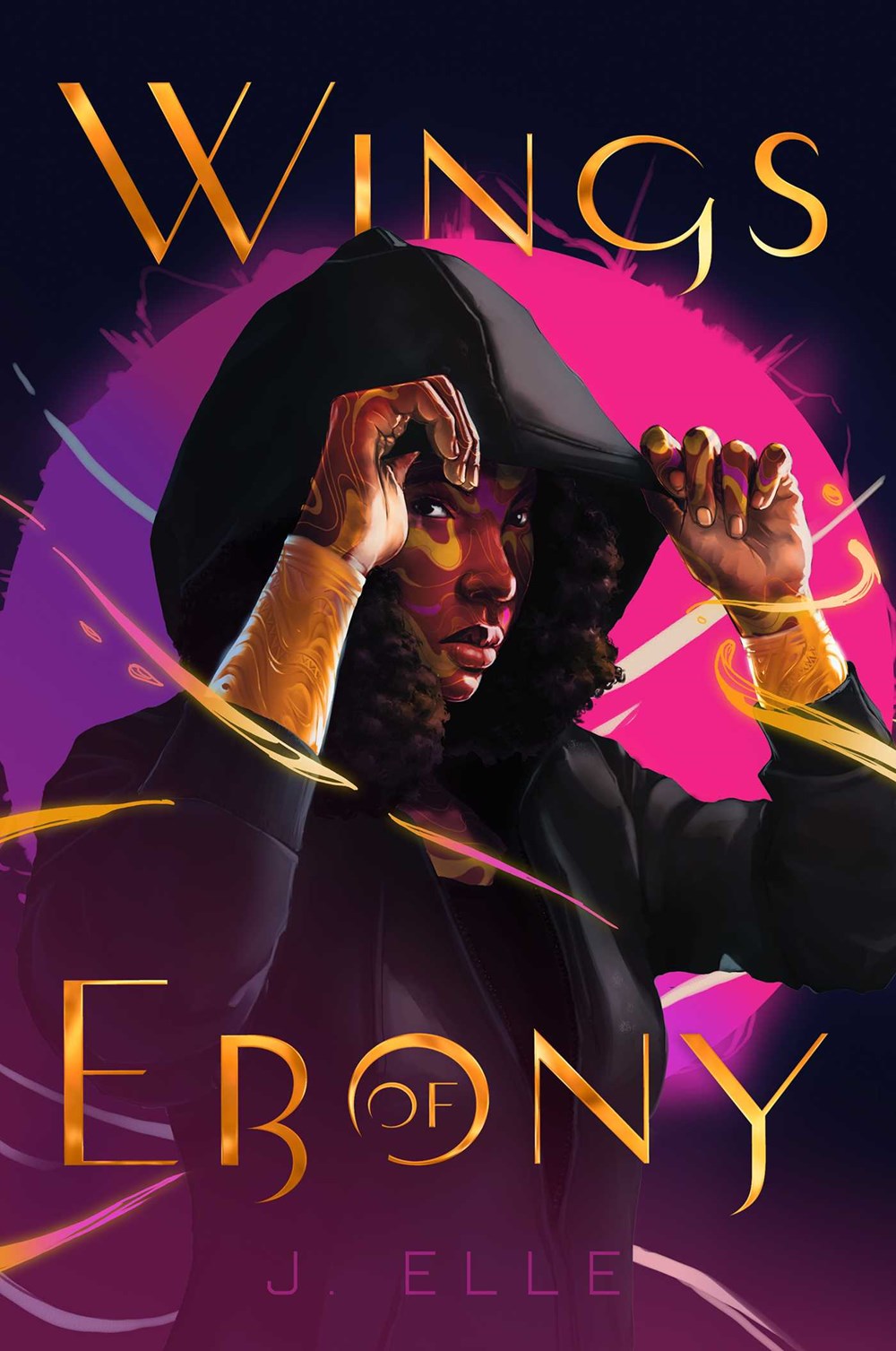Denene Millner is a publishing powerhouse. She's a bestselling author, an award-winning journalist, the founder of a successful website and blog for Black parents (MyBrownBaby)—and in 2020, she launched the inaugural list of her eponymous imprint at Simon & Schuster Children's Publishing. BookPage spoke with Millner about the challenges and rewards of creating and running an imprint, how she finds talented new Black voices to work with and why she believes publishing still needs more books "that show Black children doing regular things."
How would you describe the work of an editor to someone who doesn’t know much about the publishing industry? What does running an imprint add to that work?
An editor is to a book as a doula is to a baby: Both usher a beautiful creation into the world. An editor’s job is to find the jewels—or devise the ideas that would create them—and then usher them through the publishing process: making sure the story is structurally sound, interesting and beautiful; finding illustrators and ushering them through their storytelling process; creating the tools needed for sales; working on the marketing and publicity plans and executing them, which means doing interviews and making speeches for librarians, booksellers and readers; and holding the writers’ and artists’ hands as they take the journey toward being published. And that’s just the basics.
 Each of these things together can make a book, but if you’re falling down on any part of those responsibilities, chances are the book won’t find its legs. Being an editor, then, is about making every part of the process personal—and that's even more the case if you’re running your own imprint. The stakes are high because my name is on it, sure, but also because I desperately want success for the authors and illustrators and the books they’re birthing.
Each of these things together can make a book, but if you’re falling down on any part of those responsibilities, chances are the book won’t find its legs. Being an editor, then, is about making every part of the process personal—and that's even more the case if you’re running your own imprint. The stakes are high because my name is on it, sure, but also because I desperately want success for the authors and illustrators and the books they’re birthing.
Your imprint, Denene Millner Books, launched its first season with Simon & Schuster Children's Publishing in the spring of 2020. What have been some of the highlights of this first year at S&S for you?
Well, I have to say, it’s been quite the challenge, actually, because it’s 2020. We’re in the middle of two historic moments—a global pandemic and a modern-day civil rights movement. Both of them have made the simplest things a Herculean effort. Entire systems had to be changed to accommodate the fact that people are not in their offices, making the way we moved equally urgent and painstakingly slow.
Getting attention for the books while every pen and camera seems to be trained on COVID-19 and the Black Lives Matter movement is hard, too, and so the launch was much more quiet than perhaps it would have been had access not changed so drastically. A lot of the attention was trained on anti-racist books—books that focused on the history of Black people or on teaching lessons about racism and how, specifically, to be better humans when it comes to understanding, talking about and dealing with race. Denene Millner Books' offerings do not focus on these things, and so that also made our launch less than ideal.
Still, the highlight for the imprint is that we’ve published some beautiful books and built a list that speaks directly to the mission of the imprint; each celebrates the everyday humanity of Black children and families. The books may have entered the market quietly, but they are still quite mighty in their storytelling and focus. I also acquired more gorgeous work by first-time authors and hired first-time illustrators, opening the door for creative people who’ve yearned to bring their art to the children’s publishing world. I’m really proud of that.
“The books may have entered the market quietly, but they are still quite mighty in their storytelling and focus.”
What’s the most joyous part of running your own imprint? The most challenging part? The most surprising?
Oh goodness, I still get excited by the beauty of a story and watching it come alive. There’s nothing like the discovery and its unearthing—collaborating with the authors to build on the stories, watching the illustrations grow from sketch to color on the page. My heart still beats fast when I finally get to hold those books in my hands. They’re so lovely.
The most challenging part remains navigating the publishing process during a pandemic while being new to the processes at a Big Five publisher. (Editor's note: The "Big Five" publishers are Penguin Random House, HarperCollins, Simon & Schuster, Macmillan and Hachette.)
The most surprising is just how much time it takes to run an imprint. There’s so much work to be done, and the reach requires careful thought and a kind of coordinated waltz to usher the book to the shelves. That can be quite the juggle when you’ve got 20 other jobs.
 I read that you were introduced to illustrator Gordon C. James by author Derrick Barnes (for readers who aren’t aware, James and Barnes would go on to create the award-winning Crown: An Ode to the Fresh Cut, which you published) and that you enjoy seeking new Black talent. How do you go about finding fresh voices in writing and illustration?
I read that you were introduced to illustrator Gordon C. James by author Derrick Barnes (for readers who aren’t aware, James and Barnes would go on to create the award-winning Crown: An Ode to the Fresh Cut, which you published) and that you enjoy seeking new Black talent. How do you go about finding fresh voices in writing and illustration?
As a writer, I know quite a few writers who have stories to tell, but not necessarily the access it takes to have them published. So a lot of what I do outside of reading submissions is tapping people like Sili Recio and Cozbi Cabrera and Karen Good Marable and asking them what deliciousness they have on their computers. Those inquiries yielded three amazing picture books: Recio’s If Dominican Were a Color, a story that gently examines colorism in the Latinx community, specifically in the Dominican Republic; Cabrera’s Me & Mama, a gentle, gorgeous story about the day a little girl spends with her favorite person ever, her mother, and; Good Marable’s sweet story, YaYa and the Sea, about a little girl who witnesses her mother and aunties celebrate spring and renewal in the waters off the shores of New York City. A lot of the books come to me this way—just hearing a rhythm in voice, a poem, a snippet of a story and saying, “I wonder how that would manifest itself on the page.”
 Illustrators, I find, believe it or not, trolling Instagram. There are so many beautiful artists showing off their work there—proving they can tell a story through pictures. I have a folder and I save posts that catch my eye. I can get lost for hours reveling in the art and plotting who would be the perfect pairing for the stories that come my way, especially if they’ve never illustrated books.
Illustrators, I find, believe it or not, trolling Instagram. There are so many beautiful artists showing off their work there—proving they can tell a story through pictures. I have a folder and I save posts that catch my eye. I can get lost for hours reveling in the art and plotting who would be the perfect pairing for the stories that come my way, especially if they’ve never illustrated books.
What are some things on your publishing “wish list”—elements or characteristics of books you’d love to acquire and publish, but haven’t yet?
I’d love to publish a love story between two Black teens—a book that explores the complicated feelings that come from first love, with Blackness and culture as its backdrop. I’d also love to publish a picture book that’s an unapologetic celebration of Blackness, full stop. I wouldn’t be mad at a super cute picture book series with a spunky character who’s just curious and funny and a bit of a troublemaker, like a Black Eloise. How fun would that be?
“I might be a bit of a punk in that way, keeping my edits light and suggestive, instead of heavy and insistent.”
Can you give us a glimpse into some forthcoming Denene Millner titles you’re excited to share with readers?
I mentioned Me & Mama and If Dominican Were a Color earlier—I’m so excited about them because they tell good stories, they make great points, and they’re really pretty books. Cozbi wrote and illustrated Me & Mama, and her celebration of the bond between mother and daughter shines a light on Black motherhood in a way that is both familiar and revolutionary. It’s a simple but factual story of the love between Black mother and child, but how rare is that exploration in children’s picture books? Similarly, how rare is it for a children’s picture book to celebrate Blackness in the Latinx community, where colorism is every bit as complicated and fiery as it is in the African American community? That Sili translated the book into Spanish and we’re publishing that version, too, is something I am super proud of. Earlier this year, too, I had the honor and pleasure of publishing the great Alice Faye Duncan, who penned Just Like a Mama, a beautiful mediation on the love and care a little girl feels by the hand of a woman who is not her blood but is her mother all the same.
 And then my first YA novel debuts early next year—J. Elle’s fantasy novel, Wings of Ebony. It’s a magical story about a Black girl who discovers she is half-god, half-human, with magical powers she uses to liberate her beleaguered inner city Houston, Texas, community from the hands of racists who are flooding it with crime and drugs. It’s a thrill ride—think Black Panther meets Wonder Woman—and the first book in a series. I’m super excited for that book and for J. Elle, who is a dynamic debut author.
And then my first YA novel debuts early next year—J. Elle’s fantasy novel, Wings of Ebony. It’s a magical story about a Black girl who discovers she is half-god, half-human, with magical powers she uses to liberate her beleaguered inner city Houston, Texas, community from the hands of racists who are flooding it with crime and drugs. It’s a thrill ride—think Black Panther meets Wonder Woman—and the first book in a series. I’m super excited for that book and for J. Elle, who is a dynamic debut author.
And this is just the beginning: I have picture books about little Black boys who want to dance ballet (Kaija Langley's When Langston Dances); little boys who have bad days and learn to work through them (Aliya S. King’s Keep Your Head Up); a picture book that imagines a little girl’s journey to the constellations, which are fashioned after African gods and goddesses (Breanna McDaniels’ Impossible Moon); a picture book series featuring a spunky little girl who stays in the middle of shenanigans as she plots out a plan to not have to go to sleep (Clothilde Ewing’s Stella Keeps the Sun Up); and a heartwarming Christmas story from celebrity chef Carla Hall (Carla and the Christmas Cornbread), which, yes, includes a kid-friendly recipe for cornbread and cinnamon butter for Santa!
In addition to your work as an editor and publisher, you’re also an author of books for both children and grown-ups. How do you think having been in your authors’ shoes influences your work with them?
I know what it feels like to have a vision for your story and to want to tell it just so, so I tend to trust the writer and his/her storytelling. I might be a bit of a punk in that way, keeping my edits light and suggestive, instead of heavy and insistent. That’s a holdover from my days as a writer and magazine editor, when I learned how to respect the writer’s voice and ability to tell the story. And of course, I love it when editors understand my voice and how I choose to tell a story, so I show that same respect to those who write books for DMB.
Two years ago, you wrote an opinion piece for the New York Times about the scarcity of stories about “the everyday beauty of being a little human being of color,” asserting that too many children’s books featuring Black people depict stories of degradation and struggle. What do you see that has changed in the time since you wrote that piece, and what hasn’t?
Well, there’s still a predilection by all-too-many to publish books that chronicle slavery, the civil rights movement and Black firsts, as if there just could never be enough books about Martin Luther King Jr., Harriet Tubman and Muhammad Ali. There is, of course, room and use for those books, but I still maintain that more room needs to be made for books that show Black children doing regular things—learning how to ride a bike, hilariously trying to keep the sun in the sky, being loved on by their mamas, dancing ballet, flying with the stars and kissing the moon, employing magic and being the heroes of their very Black, very beautiful communities.
I’ve seen more of these kinds of books, of course, and that brings me joy. It brings children everywhere joy. Now if we could get those books the same kind of attention, spotlight, reviews and coverage that is afforded books about MLK, we’ll be doing something. We’re not there yet. Not even by a stretch. I’m looking forward to the day.
Photo of Denene Millner by Audra Melton




